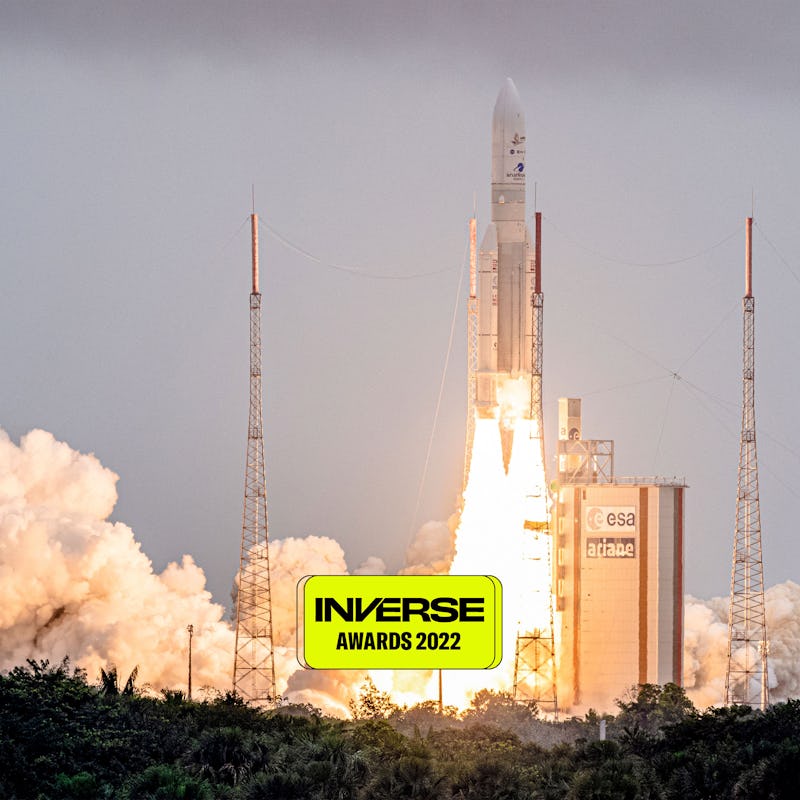The 10 biggest space launches and missions of 2022
Here’s what had us looking to the sky this year.

Aside from giving four rich guys something new to brag about, Axiom-1 made history as the first rocket with an all-commercial crew to dock with the ISS. Axiom Space is also attempting to build the first commercial space station.
NASA and SpaceX’s relationship continued with several launches this year. The Crew-4 flight marked the first use of Crew Dragon Freedom, and its crew included the first Black woman to complete a long-term ISS mission, astronaut Jessica Watkins.
The latest launch for NASA’s Geostationary Operational Environmental Satellite Program marked satellite number 18. Like its predecessors, GOES-18 (as the satellite was renamed once it reached orbit) will help track extreme weather as well as events like eruptions and wildfires. On top of that, it’ll keep an eye on space weather like solar flares.
SWOT launched December 19, after a one-day delay to investigate moisture in the craft’s engines. The satellite is a joint project between NASA and the space agencies of France, Canada, and the U.K. to measure Earth’s waterways. The data it collects will help monitor the effects of climate change.
Also known as Danuri, KPLO is the first lunar orbiter from South Korea. In mid-December, it entered orbit, where it will observe the Moon with six instruments to find future landing sites, investigate regolith, and image the darkest parts of the lunar surface.
China’s 10th crewed space mission carried four crew members to the Tiangong space station’s core module on November 29. The module itself and the first crewed mission first launched just last year, but launches have been frequent since then.
Created by a private Japanese company, the Hakuto-R lander launched aboard a rocket that also carried NASA’s Lunar Flashlight on December 11. Lunar Flashlight will scout for water ice on the Moon’s surface, while Hakuto-R will attempt a landing. If successful, it will be the first Japanese craft on the Moon, carrying the first UAE rover.
Launched in late 2021, JWST began operations in 2022, revealing some of the most incredible views of the cosmos ever captured. The telescope’s infrared sensors will allow it to see further back into the early universe than its predecessor, the Hubble Space Telescope.
Nearly a year after its November 2021 launch, DART fulfilled its mission by crashing into the Dimorphos asteroid. It’s the first mission ever to successfully redirect an asteroid’s orbit, testing the water for hypothetical future attempts to divert dangerous asteroids.
Delay after delay pushed the start of Artemis I back months, but on November 16, it finally took flight. NASA’s SLS carried Orion to space, where the craft completed two flybys and a six-day orbit of the Moon. Its success paves the way for the next crewed mission to the Moon.